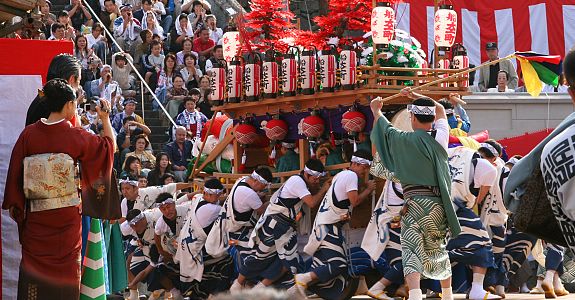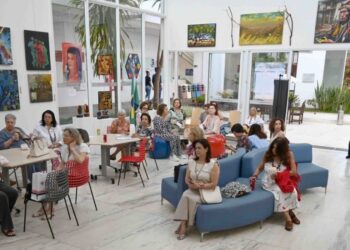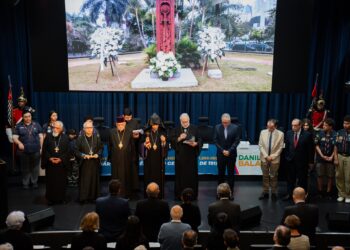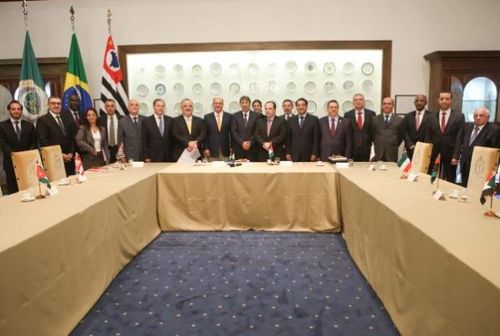
Many of the dances have hundreds of years of history behind them. Some display influences from Holland, China and Portugal. Dances incorporate large props known as Katsugimono that are held by dancers and weigh more than a ton. Several of these are boats with European designs. Others include unique items such as 19th century mechanical puppets.

O Kunchi Festival Nagasaki é sem dúvida o mais famoso festival do Japão. É um festival de outono realizada no Santuário de Suwa que tem uma história de 370 anos. Hoje, este festival é realizado a cada ano por três dias a partir de 07 de outubro de Acordo. O festival colorido (e barulhento) atrai milhares de visitantes nacional e internacional com a energia solar calendário, desenho grande número de turistas de dentro e fora Prefeitura de Nagasaki.
Há 11 bairros Que são separados em 7 “grupos de dança,” o que totaliza a 77 diferentes performances completas com danças diferentes e flutua para cada grupo. (Veja abaixo os 7 bairros diferentes.) O clímax do festival é a dança do dragão perseguindo a bola de ouro. Uma vez que este é o chinês parte fortemente influenciado, os bailarinos têm em traje chinês e peças de música chinesa.







